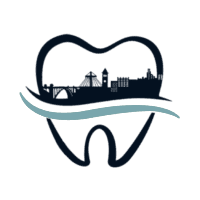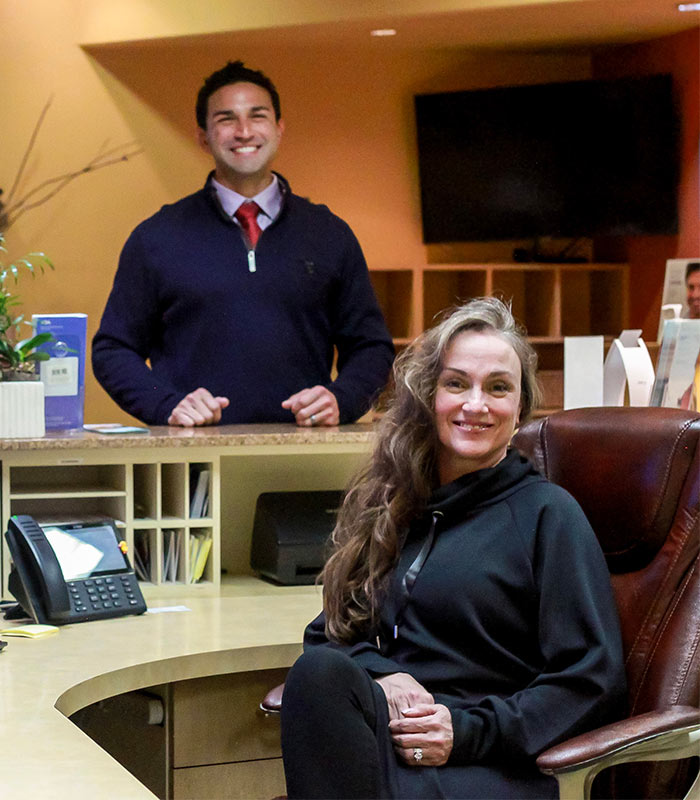When you think of Botox, the first thing that likely comes to mind is its widespread use in cosmetic treatments, such as reducing facial wrinkles and fine lines. However, at South Hill Comprehensive Dentistry in Spokane, WA, Dr. Ulysses Lee Vargas utilizes Botox for aesthetic purposes and dental treatments that improve patients’ oral health and well-being. This transformative application of Botox in dentistry is growing in popularity, offering solutions for pain relief and functional enhancements beyond the cosmetic realm.
Understanding Botox: What Is It?
Botox, or botulinum toxin, is a neurotoxic protein used in small, controlled doses to temporarily paralyze targeted muscles. In cosmetic applications, Botox works by blocking nerve signals that cause muscles to contract, smoothing wrinkles and fine lines. However, the ability to relax overactive muscles makes Botox a valuable tool in dental treatments, where it helps alleviate conditions caused by hyperactive or tense muscles in the face and jaw.
At South Hill Comprehensive Dentistry, Dr. Vargas applies this principle to various dental and oral health issues, providing patients with a non-invasive, effective treatment option that can improve both quality of life and dental function.
The Role of Botox in Dentistry: Functional Applications
While Botox is most commonly associated with cosmetic enhancements, its functional uses in dentistry have opened up new treatment possibilities. Let’s explore some key dental issues that Botox can help address:
1. Temporomandibular Joint Disorder (TMJ)
TMJ disorders occur when the joints and muscles that control jaw movement become inflamed or misaligned. Patients often experience jaw pain, headaches, and difficulty chewing. Botox can offer relief by relaxing the jaw muscles and reducing tension and stress on the temporomandibular joint. This can reduce pain, fewer headaches, and improve jaw function.
At South Hill Comprehensive Dentistry, Dr. Vargas uses Botox to target the affected muscles in TMJ patients, offering them a non-surgical alternative to traditional TMJ treatments. Many patients find that regular Botox treatments provide long-lasting relief, allowing them to return to daily activities without the discomfort associated with TMJ disorders.
2. Bruxism (Teeth Grinding)
Bruxism, or teeth grinding, is a common condition that can lead to severe dental damage. Many patients aren’t even aware they grind their teeth, as it often occurs during sleep. This unconscious grinding can wear down tooth enamel, cause jaw pain, and contribute to headaches. Botox has emerged as a powerful tool for treating bruxism by relaxing the muscles responsible for the grinding motion.
Dr. Vargas offers Botox treatments at his Spokane practice to prevent the overactive jaw muscles from engaging in repetitive grinding. With Botox, patients can protect their teeth from further damage and reduce the risk of additional dental issues, such as cracked teeth or gum recession.
3. Gummy Smiles
A gummy smile occurs when an excessive amount of gum tissue is visible when a person smiles. For patients seeking a less invasive solution than surgery, Botox can be injected into the upper lip muscles to reduce the height of the upper lip when smiling. This creates a more balanced appearance by lowering the gums’ visibility without permanently altering the smile.
At South Hill Comprehensive Dentistry, Dr. Vargas customizes the Botox treatment based on the patient’s smile dynamics, helping them achieve a natural and more proportionate look.
4. Lip and Facial Muscle Relaxation
In some dental cases, Botox can be used to manage facial muscle spasms and disorders that affect the mouth and surrounding areas. These issues can lead to discomfort, difficulty speaking, or challenges with basic oral function. Botox can provide relief by temporarily paralyzing the muscles responsible for spasms, allowing patients to regain control of their oral muscles.
The Botox Procedure: What to Expect
The Botox process in dental applications is straightforward and minimally invasive. The injections are typically administered in targeted facial muscles, depending on the treated condition. Botox sessions at South Hill Comprehensive Dentistry generally last about 15 to 30 minutes, with minimal downtime afterward. Patients can expect to see results within a few days, with effects lasting three to six months.
While Botox is effective for many dental issues, it’s important to note that the procedure is highly individualized. Dr. Vargas works closely with each patient to assess their needs and customize a treatment plan. Regular follow-up sessions may be necessary to maintain results, especially for conditions like bruxism or TMJ disorder.
Botox Safety in Dentistry: Addressing Concerns
Botox has a long history of safe use, and when administered by a qualified professional, it offers minimal risk. The key to its success in dentistry is the precise application of the injections. Dr. Vargas is trained in the anatomical nuances of the face and jaw, ensuring that Botox treatments at South Hill Comprehensive Dentistry are safe and effective.
Potential side effects are rare but may include temporary bruising, swelling, or mild discomfort at the injection site. These effects typically resolve quickly; most patients can resume their daily activities immediately after the procedure.
The Future of Botox in Dentistry
The use of Botox in dentistry is an exciting and growing field. As more patients seek non-invasive alternatives to traditional treatments for conditions like TMJ and bruxism, Botox offers a solution that is both effective and minimally disruptive to daily life. At South Hill Comprehensive Dentistry, Dr. Vargas remains at the forefront of this evolving practice, integrating Botox into his treatment offerings to enhance both patient outcomes and overall dental care.
Beyond the cosmetic benefits, Botox can potentially improve functional issues that can significantly affect a patient’s quality of life. Botox offers a path to long-lasting comfort and functionality for individuals in Spokane, WA, seeking relief from dental conditions that go beyond surface-level aesthetics.
Why Botox Is More Than a Cosmetic Treatment
The expanding role of Botox in dentistry highlights the versatility of this treatment. While it’s commonly thought of in the context of facial rejuvenation, its applications in relieving pain, protecting dental structures, and improving overall oral health make it a valuable tool for dentists like Dr. Vargas. Whether you’re dealing with TMJ pain, bruxism, or a gummy smile, Botox can offer a transformative solution.
At South Hill Comprehensive Dentistry, Dr. Vargas prioritizes both the aesthetic and functional aspects of dental care, ensuring that patients look their best and feel their best. As the benefits of Botox continue to evolve, more patients are discovering how this treatment can improve their oral health and overall well-being.
Sources:
Carruthers, A., & Carruthers, J. (2010). Botox Use in the Treatment of Temporomandibular Joint Dysfunction. Journal of Cosmetic Dermatology.
Hoffman, H. T., & Ehrlich, A. D. (2012). The Use of Botox for Bruxism: A Review. Oral Maxillofacial Surgery Clinics.
Padilla, M. C., & Garcia, D. S. (2018). Botulinum Toxin: New Applications in Dentistry. International Journal of Oral Science.



